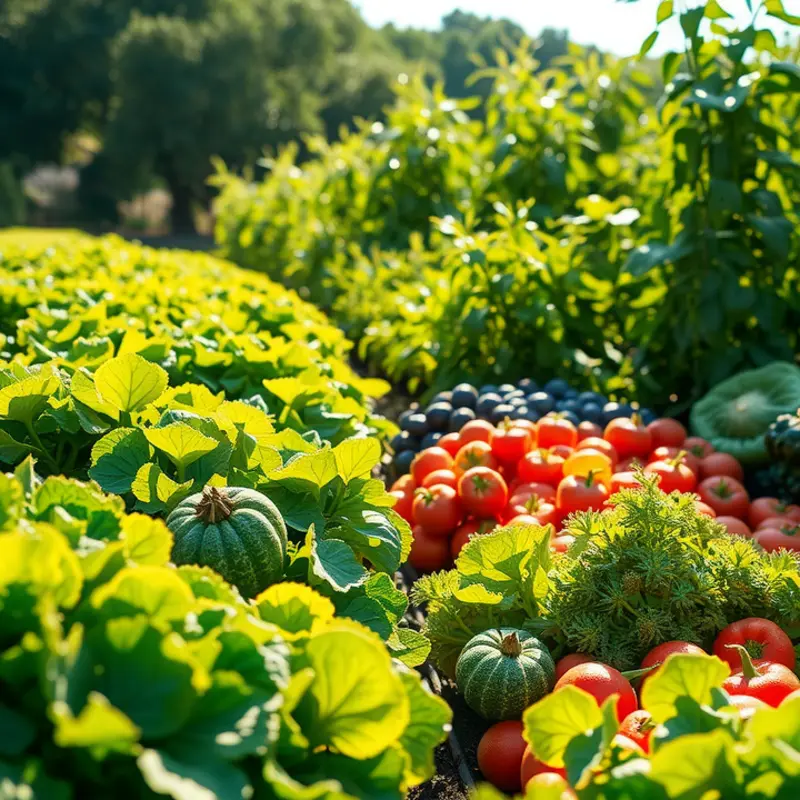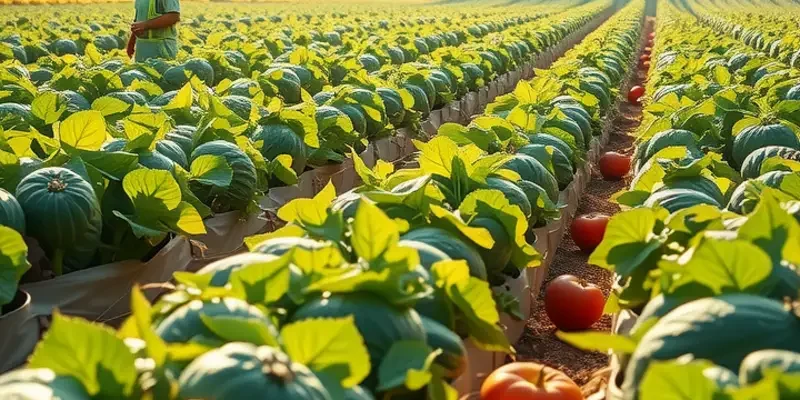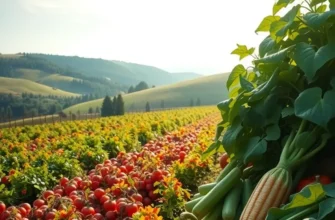Stale bread often gets tossed, but it can be a valuable resource in the kitchen. Utilizing stale bread not only reduces food waste but also adds creativity to your cooking. From breadcrumbs to engaging new meals, discovering practical uses for stale bread can enhance your culinary experience while benefiting our planet. Let’s explore innovative ways to give that loaf a second life.
Reviving Stale Bread

Stale bread is a common kitchen conundrum, but many methods exist to give it a second life and reduce waste. Rehydration is an effective technique for reviving stale loaves. Start by sprinkling the bread with some water. Be careful to avoid soaking it excessively. Next, wrap the loaf loosely in foil and place it in a preheated oven at 350°F (175°C) for about 10 minutes. Unwrap the foil during the last few minutes to restore crispness to the crust.
Another option for reclaiming stale bread is to use a stovetop steamer. Simply place the bread in a steamer basket and allow it to steam gently for a few minutes. Be vigilant to avoid over-steaming—it’s a quick process. The bread should emerge moist and soft, perfect for immediate consumption.
For those skeptical about these methods or unable to revive bread in time, turning stale bread into delightful crumbs is a savvy alternative. Dry the bread completely, then crumble or blend it into fine breadcrumbs, which are great for various recipes. These can be stored for an extended period, offering a useful pantry staple for coating or thickening dishes.
Proactively preventing bread from going stale plays a crucial role in waste reduction. Consider freezing bread if it’s not to be used within a few days. Slice the loaf before freezing for easily accessible portions—this technique prevents unnecessary thawing and refreezing, which can degrade the bread’s quality. Airtight storage also significantly contributes to prolonging freshness. Use tightly sealed containers or bags to restrict exposure to air, a notorious cause of staleness.
To complement these tactics, conscious choices during meal planning and preparation help manage bread usage more effectively. Leverage previously cut bread ends or slices by incorporating them into planned meals, such as adding them to soups or using them for making homemade croutons or stuffing. Reviewing these approaches alongside other food storage safety and waste reduction strategies can evolve into a more comprehensive approach to minimizing kitchen waste. For more on lowering waste during meal preparation, visit low-waste cooking prep.
As each technique brings its own set of benefits, the key lies in adapting and balancing various methods according to one’s lifestyle and culinary preferences, ensuring that every crumb counts in the journey towards reducing food waste.
Creative Recipes Using Stale Bread

Stale bread is often seen as a waste product, yet it holds potential for transforming meals. Harnessing its versatility can significantly reduce waste and enrich your culinary repertoire. By incorporating stale bread into various recipes, you prolong its use and promote sustainable practices in your kitchen.
One fundamental use for stale bread is creating breadcrumbs. Start by allowing the bread to dry completely. Crush the pieces with a rolling pin or blitz them in a food processor until they reach the desired texture. Store the breadcrumbs in an airtight container and use them as a crunch-enhancing outer layer for fried dishes or as a binding agent in meat mixtures.
Transform your stale bread into crunchy, flavor-packed croutons. Toss cubed bread pieces with olive oil, a pinch of salt, and your choice of herbs. Spread them evenly on a baking sheet and bake at 350°F until golden brown. These croutons can elevate salads, soups, and even breakfast bowls.
For a touch of sweetness, consider bread pudding. Cut the bread into cubes and soak in a mixture of milk, eggs, sugar, and vanilla. Add raisins or chocolate chips for extra flavor. Pour the mixture into a buttered baking dish and bake until set and slightly crisp on top. This comforting dessert highlights the potential of simple ingredients combined thoughtfully.
A savory alternative is strata, a layered casserole mixing bread with eggs, vegetables, and cheese. Strata can be prepared in advance, making it a convenient breakfast or brunch option. Incorporate seasonal vegetables and a mix of favorite cheeses for a personalized dish that pleases both the palate and the eye.
Explore other innovative recipes like panzanella. This Italian bread salad utilizes stale bread, tomatoes, cucumbers, and basil, dressed with olive oil and vinegar. As the bread soaks up the juices, it creates a refreshing, hearty salad perfect for summertime meals.
Repurposing stale bread is an effective method to combat waste while adding depth to your cooking. For more sustainable kitchen practices, consider exploring further tips on low-waste cooking and prep, ensuring every ingredient overcomes its perceived limitations. By creatively employing stale bread in these dishes, you contribute to waste reduction and craft solutions that benefit both your family and the environment.
Final words
Utilizing stale bread in practical ways not only reduces waste but also opens up a variety of culinary opportunities. By learning to revive stale loaves and incorporate them into dishes like breadcrumbs and savory puddings, you ensure that every crust counts. With a little creativity and resourcefulness, stale bread can transform into a delicious ingredient instead of an item that ends up in the trash. Remember, managing food efficiently requires innovative thinking, so next time you face stale bread, think of the valuable options at your fingertips.







